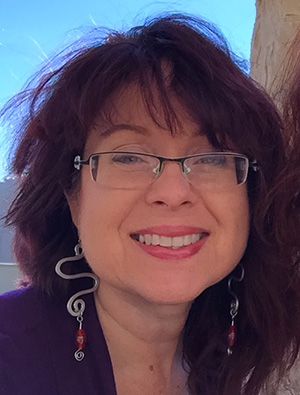Is your teen ready to take the dual credit plunge?
/About 40 percent of all US undergraduates are attending community colleges today, and that percentage is on the rise for many reasons, including lower tuition costs, smaller class sizes, and the ability for students to explore several interests before deciding on a major and transferring to a four-year college or university.
Zach Denton, ACC’s Manager of High School Programs – Enrollment & Outreach
Here in central Texas, the Austin Community College (ACC) system is especially robust, with many opportunities for students who are still in high school as well as those who’ve just graduated. Currently, about 7,000 students are enrolled in high school “dual enrollment” programs, in which kids are able to pursue college credit and high school credit simultaneously. Zach Denton, Manager of High School Programs – Enrollment & Outreach at ACC, estimates that around 10 percent of those in dual enrollment programs are homeschooled.
According to Zach, the overwhelming majority of dual enrollment students are taking Core Curriculum courses, which cover a broad variety of traditional academic subjects, including math, English, history, life and physical sciences, foreign languages, and psychology. “The advantage to taking Core Curriculum courses is that they are widely transferable to other public colleges/universities in the state of Texas, as well as many private institutions.” And these courses are often eligible for reduced or waived tuition fees.
Camille North, homeschooling leader, consultant, coach, and parent
Camille North, whose three homeschooled kids all took advantage of ACC in different ways, now provides help for students grappling with college decisions through workshops, coaching, and lots of resources available on her website, Brain Bump Consulting. Camille warns parents and kids that going to ACC isn’t what they may imagine—it’s not all 18- and 19-year-olds out on their own for the first time. “The problem I’m seeing most,” says Camille, “is that kids are getting interested in going to ACC at younger ages, and they may not be ready socially or emotionally, even if they’re ready academically.” Most ACC students are adults, not teenagers, and therefore younger students have to be comfortable hearing adult language, possibly sitting in a classroom with other students who are trying to start over after having been in prison, being “hit on” by people five or ten years older, and lots of other things that could be a shock.
Zach agrees. “It’s one thing for a test to say you are college ready,” he explains, “but there are many other characteristics and skills that will determine whether a student (regardless of age!) is truly ready for college and will be successful.” Time management, maturity, attention to detail, and personal responsibility are all vital.
Both Camille and Zach also emphasize that students and parents have to understand that ACC courses stick with students as part of their college transcripts forever. Zach advises young people that “this is not a situation where you can just simply dip your foot in the water to see what it’s like—you have to be ready to jump in head first and swim!”
All these warnings aren’t meant to discourage kids, but to make sure their eyes are wide open. Camille adds, “I’m a big fan of community college as an option for kids who want to move ahead academically, but it’s not for every student. And that includes online courses, which some families opt for instead of on-campus classes.” Self-directed learning, she says, is a big transition for young people who are used to one-on-one guidance and learning in a close-knit community or family.
One of Camille’s own kids has chosen the “2 plus 2” option of living at home and completing a full two-year course of study at ACC after high school so he can make sure he knows what he wants to study before committing to a four-year college or university. This option, she says, is a nice, “gentle transition” to life away from home for students who don’t want an abrupt change at age 17 or 18.
Overall, says Zach, there are some clear positives for students who decide to attend ACC before moving on to a four-year school: 1) the cost, 2) smaller class sizes (which are usually capped at 36 students), and 3) lots of convenient locations. If you have (or are) a teen who is interested in “jumping in head first and swimming,” check out these ACC sites:
Shelley Sperry













